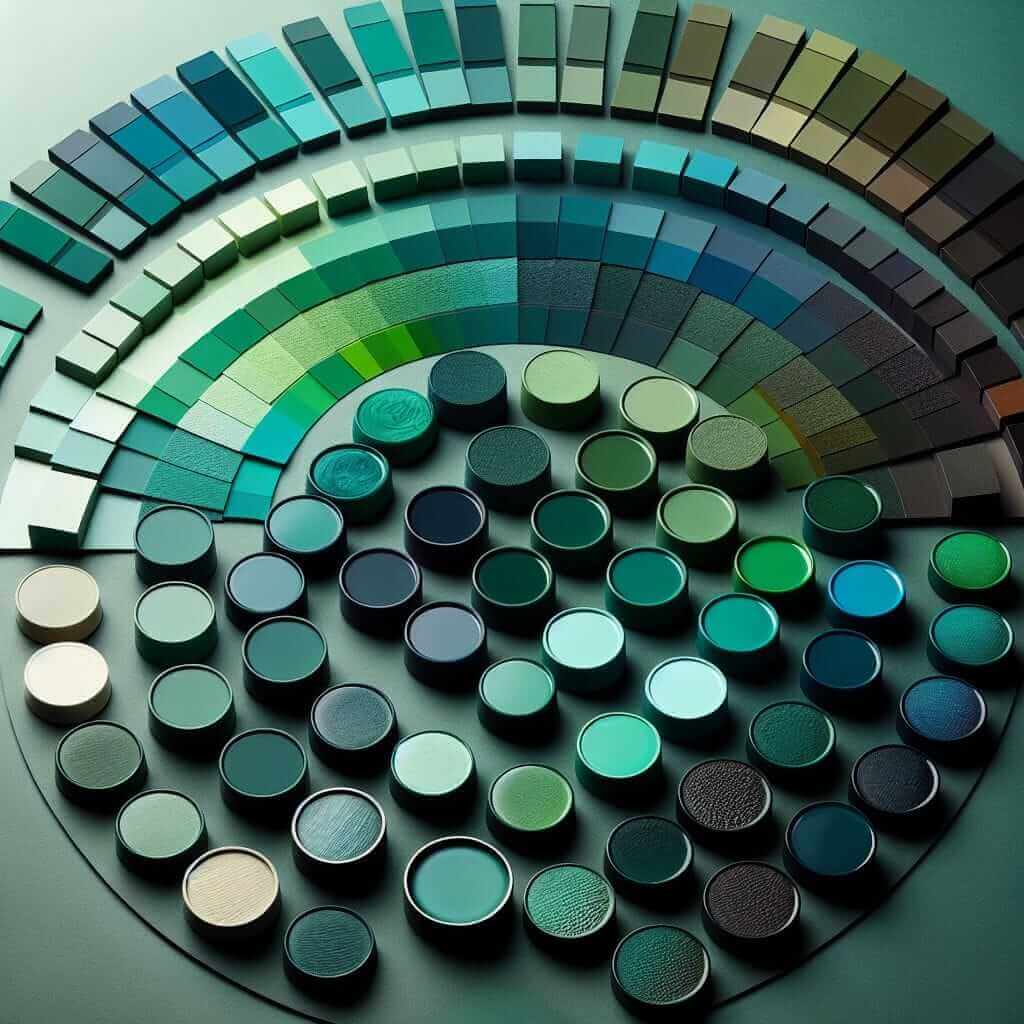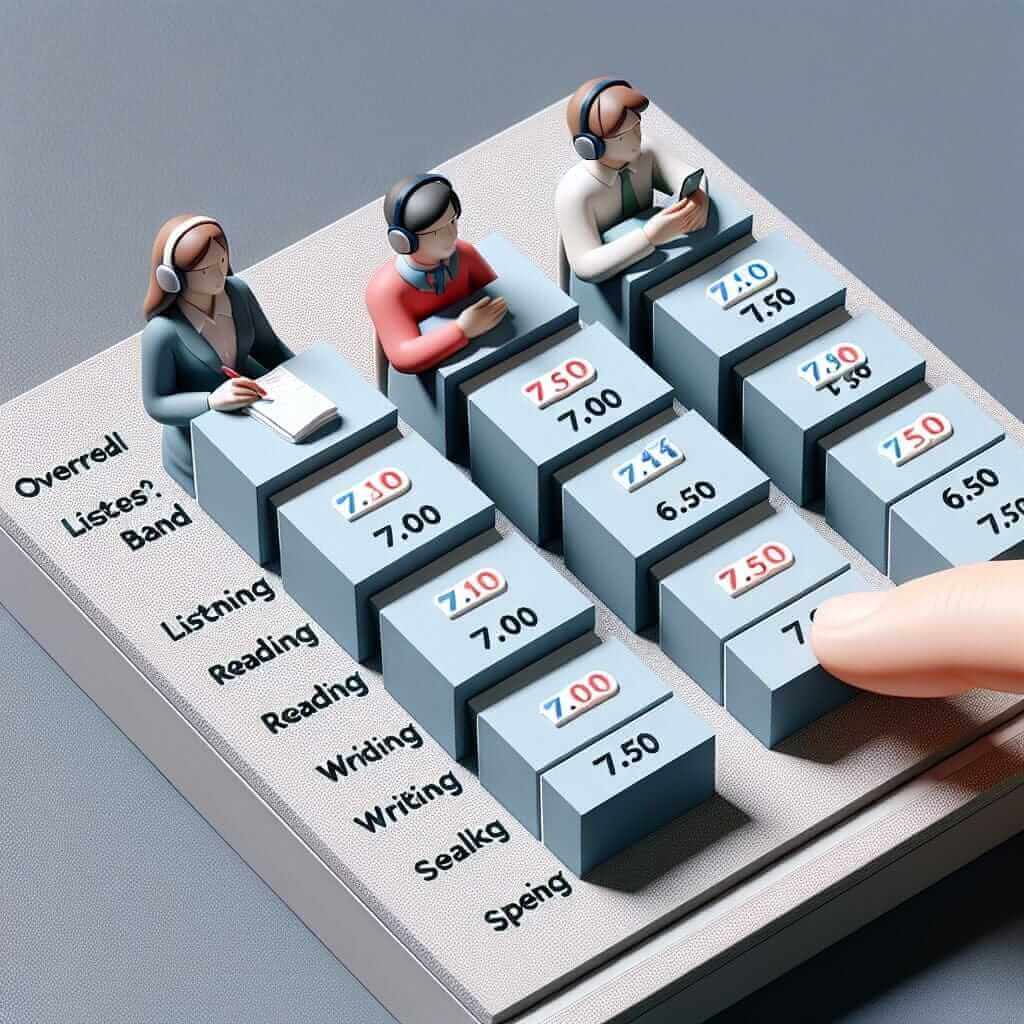As an IELTS instructor with over two decades of experience, I often encounter students who underestimate the significance of seemingly simple questions in the IELTS Speaking test. One such question is “What is your favourite colour?”. While it might appear trivial, this question offers a valuable opportunity to showcase your language proficiency and impress the examiner.
Table Of Contents
This comprehensive guide delves into the nuances of answering “What is your favourite colour?” effectively during your IELTS Speaking exam. We’ll explore why examiners ask this question, analyse how to structure your response, provide useful vocabulary, and equip you with strategies to deliver a stellar answer that boosts your overall score.
Why is “What is Your Favourite Colour?” Asked in IELTS Speaking?
The IELTS Speaking test evaluates your ability to communicate effectively in English. Although “What is your favourite colour?” seems straightforward, it allows the examiner to assess several crucial aspects of your language skills:
- Fluency and Coherence: Can you speak smoothly and logically without excessive hesitation or repetition?
- Lexical Resource: Do you possess a wide range of vocabulary to express yourself beyond basic terms? Can you use synonyms, idioms, or descriptive language related to colours?
- Grammatical Range and Accuracy: Can you construct grammatically correct sentences with a variety of structures?
- Pronunciation: Can you articulate words clearly and naturally with appropriate intonation and rhythm?
How to Structure Your Answer
A simple “Blue” won’t suffice. Aim for a well-structured response that elaborates on your choice, providing reasons and examples. Here’s a possible structure:
- State Your Favourite Colour: Begin by directly stating your favourite colour.
- Explain Why: This is where you showcase your vocabulary and ability to express yourself. Elaborate on why you favour this colour. You can connect it to:
- Personal Experiences: “I’ve always loved blue because it reminds me of the vast ocean where I spent my childhood summers.”
- Emotions and Feelings: “Green is my favourite colour as it evokes a sense of tranquillity and peace, which I find very soothing.”
- Cultural Significance: “In my culture, red symbolises good luck and prosperity, so it holds a special place in my heart.”
- Provide an Example: Make your response relatable by giving an example.
- “You can always find me wearing a blue shirt because it complements my eyes.”
- “I recently painted my bedroom green to create a relaxing atmosphere.”
- Conclude Briefly: Sum up your thoughts concisely. “So, yeah, blue/green/red has always been a favourite of mine.”
 Emerald Green Color Palette
Emerald Green Color Palette
Useful Vocabulary and Phrases
Instead of using basic colour terms, enhance your answer with descriptive vocabulary:
- Shades and Hues: Crimson, azure, emerald, ruby, sapphire, indigo
- Descriptive Adjectives: Vibrant, calming, energetic, muted, elegant, intense
- Expressions: “Grows on me”, “appeals to my senses”, “has a calming effect”, “brings back memories”
Sample Answer
Here’s an example of how to combine these elements into a strong response:
“My favourite colour is emerald green. I’ve always been drawn to its richness and depth. It reminds me of lush forests and evokes a sense of tranquillity and harmony. I recently redecorated my living room, and I chose emerald green curtains and cushions. They add a touch of elegance and sophistication to the space. So, yeah, emerald green has a special place in my heart.”
Final Tips
- Practice Regularly: Prepare for your IELTS Speaking test by practising answering various questions, including seemingly simple ones like favourite colour.
- Be Authentic: While showcasing your vocabulary is important, don’t fabricate an answer just to impress. Be genuine and speak from the heart.
- Focus on Fluency: Maintain a natural speaking pace. Don’t worry too much about minor errors as long as you can convey your message clearly.
By following these tips and strategies, you can transform a simple question like “What is your favourite colour?” into an opportunity to demonstrate your English language proficiency and excel in your IELTS Speaking test. Good luck!


